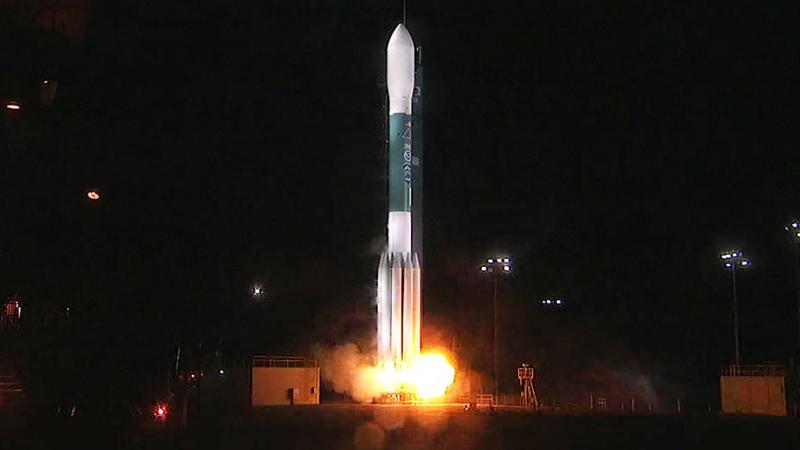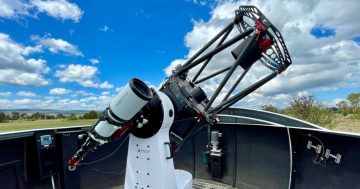
Houston, we have a problem: NASA’s Deep Space Centres are struggling with demand. Photo: Alex Cherney (CSIRO).
NASA will build a new cutting-edge deep-space antenna at Tidbinbilla as a rising number of missions puts increasing pressure on the network.
Excavation, construction and testing of the new 34-metre deep-space communication dish is expected to cost around $81.3 million.
NASA Jet Propulsion Laboratory Deep Space Network Project Manager Bradford Arnold says recent upgrades to its facilities are already struggling to cope.
“We are trying to address the upcoming demand by developing new efficiencies and building more antennas,” he told Region Media.
“All missions may expect to get a little less than they get now.”
The Canberra Deep Space Communications Centre (CDSCC) is one of three similar NASA complexes across the globe and the only one in the southern hemisphere.
It relays a third of all data from deep space to research teams on earth, tracking 15 to 20 missions every day as they pass overhead.
The 70-metre Tidbinbilla dish has been the only one in the world able to send commands to the Voyager-2 space probe since it flew by Neptune in 1989.
The centre also plays a vital ongoing role in missions, including the recent Perseverance rover’s landing on Mars.
But with an ever-increasing number of deep space missions in the pipeline, Mr Arnold says they’re planning to deal with future demand.
“There are 31 new approved missions in development,” he says. “[That’s] about 70 per cent more than we have today. While the new antennas will help, it’s likely the [deep space network] will struggle to keep up.”

The number of NASA deep space missions is taking off. Photo: NASA.
Even with the new Canberra dish, some missions will still have to wait their turn.
“This is not mission threatening, but may reduce the possible rate that each returns science to the projects,” Mr Arnold says.
“Any mission in need, or any critical event, will be covered as they are today.”
The new antenna will replace the now superseded DSS-45, which was mothballed in November 2016.
“We are completing one in Spain now, have started one in the USA, and will start one at CDSCC in a couple of years,” Mr Arnold says.
The team at Tidbinbilla has welcomed the plans for their first major antenna project in five years.
CDSCC outreach manager Glen Nagle says it will help continue their mission to explore the solar system and beyond.
“To support the wealth of new robotic missions that are expected in the coming decades, we need additional dishes to continue to provide the high-level of two-way communications that we have reliably provided over the past 56 years,” he says.
“A new dish will also help support the return of humans to the Moon in the next few years, and be crucial for the voyage to put boots on Mars in the mid-2030s.”
The Canberra Deep Space Communication Complex is managed by the CSIRO on behalf of NASA.
Original Article published by Damien Larkins on The RiotACT.








